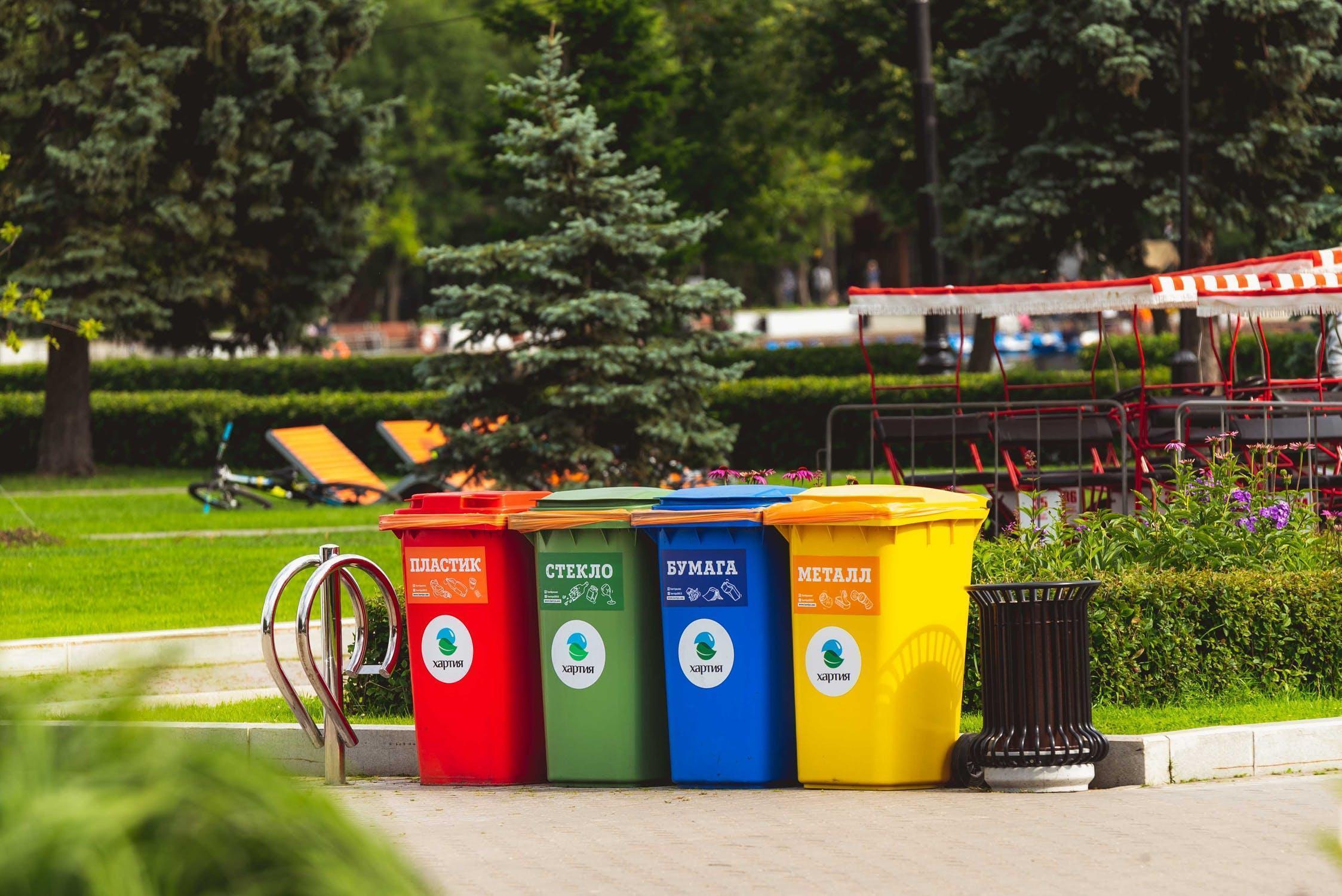Industry, in general, keeps the country — and the world — running, but there are side effects to these advances, including the generation of hazardous waste. What is classified as hazardous waste, why do we create it, and how can businesses in the UK and EU dispose of it safely?
What Is Hazardous Waste & How is it Generated?
We generate waste every day, from paper to food to human waste and everything in between. Most of these aren't considered hazardous. The European Commission defines hazardous waste as any waste that poses a greater risk to the environment and human health than non-hazardous waste.
There are four types of hazardous waste — flammable, corrosive, explosive, and toxic, according to the EPA. Flammable waste includes things like compressed gasses, oxidizers, things that tend to spontaneously combust and things with low flashpoints.
Corrosive wastes include anything that has a PH higher than 12.5 or lower than 2. Battery acid is a common corrosive waste. Explosive items can spontaneously detonate or might react explosively in the presence of other elements. Finally, toxic materials include everything that can have a significantly negative effect on human health or the environment.
Ideally, we want to try to avoid producing hazardous waste, but it is part of or the byproduct of many industrial processes. Everything from manufacturing and laboratories to pesticide production and transportation all has the potential to produce hazardous wastes that need to be safely disposed of so they don't negatively affect human life or the environment. For water, the EPA method 524.2 is used to determine its safety.
How Can Businesses Safely Dispose of Hazardous Waste?
While creating hazardous waste might be unavoidable, it is the responsibility of each business owner to see that it is correctly and safely disposed of. The Hazardous Waste Directive is one of the oldest waste-related legislative acts in the European Union, protecting both the environment and human life from the impacts of hazardous waste. How can businesses successfully and safely dispose of these industrial byproducts?
Once you've identified the sources of hazardous waste, the next step is to store it on-site until it can be shipped off to disposal facilities. In most cases, gathering large amounts of hazardous waste in your facility can be dangerous, so you will only be able to store it for short periods before it needs to be disposed of. Storage tanks for this waste might be manufactured in North America but should always possess a CE — Conformite Europeennee or European Conformity — mark indicating that they're designed to meet European standards as well.
In the end, the only thing you can do to dispose of hazards waste is to have it shipped to disposal facilities. From there, the products will be rendered inert, transformed into other materials or safely stored, depending on the type and volatility of each waste product. Each type of waste product will have to require a different procedure to ensure that it doesn't negatively impact human health and the environment. It is the responsibility of the business owner at this point to ensure that everything is properly labelled and packaged securely to prevent any spills or other dangerous occurrences during transport. Every container of hazardous waste must be labelled, invoiced and accounted for.
Looking Toward the Future
Currently, there's no way to avoid creating hazardous wastes during some types of manufacturing. The best thing that a business owner can do is to ensure that any waste their processes create is properly securely and shipped to disposal facilities. From there, the waste can be disposed of, depending on its type and volatility. Hazardous waste has the potential to do great harm, but it can be prevented simply by following proper procedures when it comes to storage and disposal.



Leave your comments
Post comment as a guest